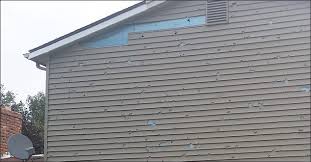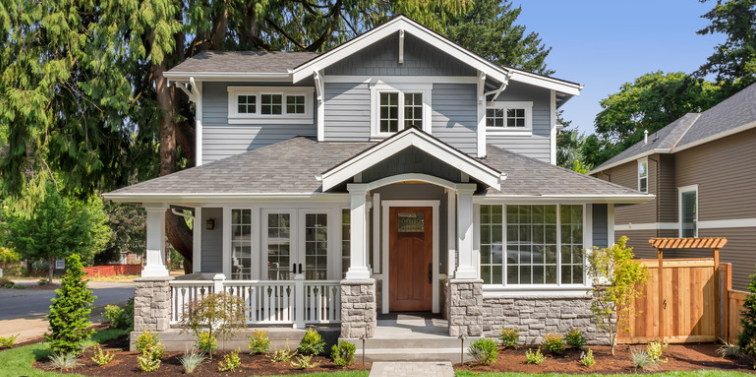What to do if you have melted your siding.
Discover the best solutions for repairing melted siding and restoring the appearance of your home.
Assessing the Damage
If you have melted your siding, the first step is to assess the extent of the damage. Take a close look at the affected area and determine if it can be repaired or if it needs to be replaced. Look for any signs of warping, discoloration, or distortion. It's also important to check if the melting has caused any structural damage to the siding or the underlying structure of your home. Assessing the damage will help you determine the best course of action for repair.
Another point to consider when assessing the damage is the type of siding material you have. Different materials may have different repair options and requirements. For example, vinyl siding may have different repair techniques compared to fiber cement siding. Understanding the specific characteristics of your siding material will help you make informed decisions regarding the repair process.
Identifying the Cause
Once you have assessed the damage, it's important to identify the cause of the melting. This will help prevent future damage and ensure that the repaired siding is not susceptible to the same issue. There can be several reasons why your siding may have melted, including:
- Reflective heat from nearby windows or objects that are directing sunlight onto the siding.
- Heat from a nearby grill or other hot objects that are placed too close to the siding.
- Electrical malfunctions or short circuits that generate excessive heat.
Identifying the cause will help you take appropriate preventive measures to avoid future damage to your siding.
Repair Options
After assessing the damage and identifying the cause, it's time to consider the repair options for your melted siding. The repair method will depend on the severity of the damage and the type of siding material you have. Here are some common repair options:
- Patching: If the damage is minor and localized, you may be able to patch the melted area. This involves cutting out the damaged section and replacing it with a matching piece of siding.
- Replacement: If the damage is extensive or if the siding material is not suitable for patching, you may need to replace the entire affected section or even the entire wall of siding.
- Professional Assistance: In some cases, it may be best to seek professional help for repairing melted siding. A professional contractor will have the expertise and experience to assess the damage accurately and recommend the most appropriate repair method.
It's important to carefully consider the repair options and choose the one that will provide the best long-term solution for your melted siding.
Preventive Measures
To prevent future melting of your siding, it's important to take preventive measures. Here are some tips to consider:
- Create a safe distance: Keep any heat-emitting objects, such as grills or fire pits, at a safe distance from your siding to avoid direct heat exposure.
- Install protective barriers: Consider installing reflective barriers or shades on nearby windows or objects to redirect sunlight away from your siding.
- Regular maintenance: Regularly inspect your siding for any signs of damage or vulnerability. Promptly address any issues to prevent further damage.
- Choose heat-resistant materials: If you are replacing your melted siding, consider choosing heat-resistant materials that are less likely to melt or warp under high temperatures.
By taking these preventive measures, you can protect your siding from future damage and ensure its longevity.



